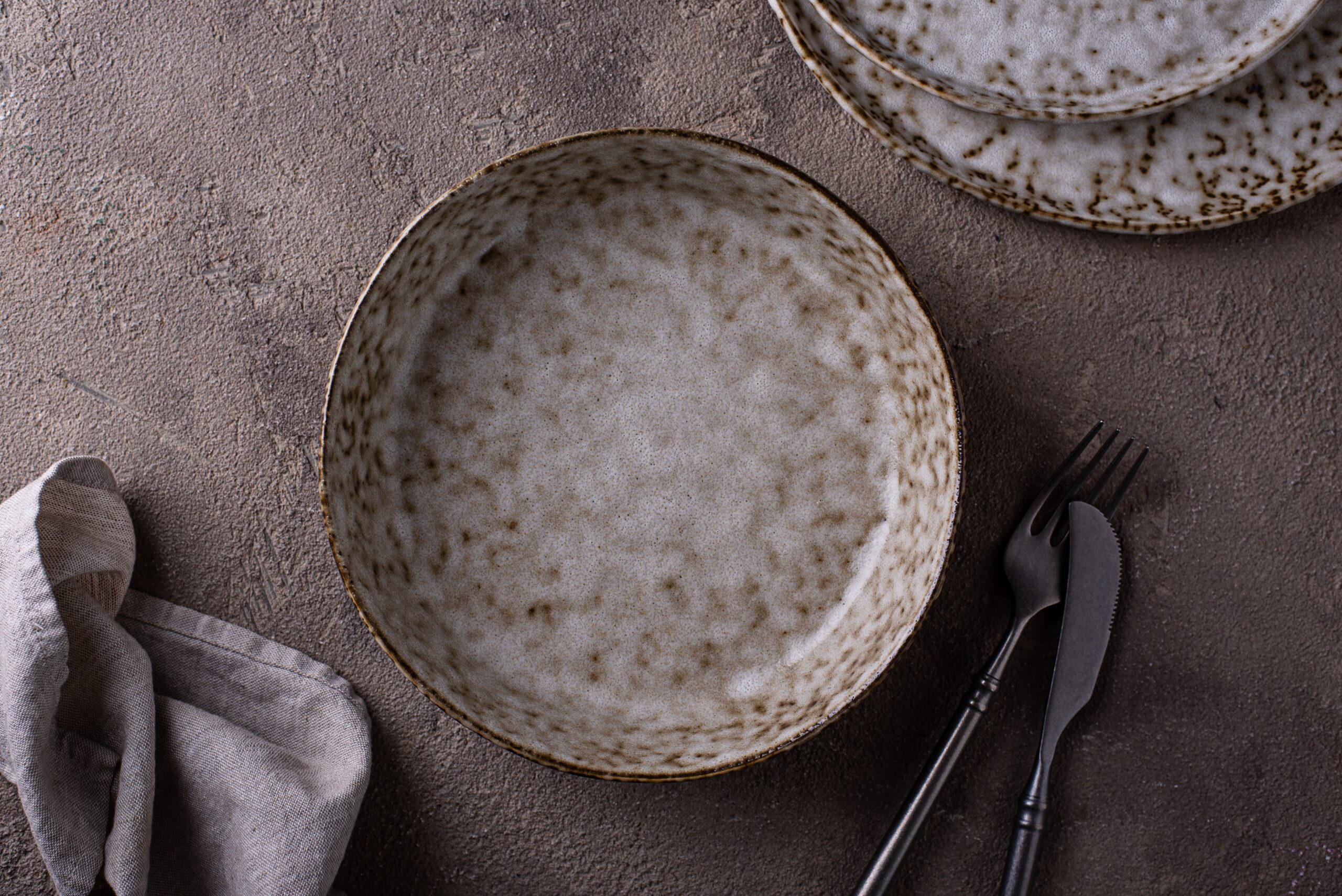Making artisan plates involves a blend of craftsmanship, creativity, and basic ceramic or woodworking skills. Below are the main methods depending on the material you want to use. The most common is ceramic, but alternatives include wood or metal.
🏺 How to Make Artisan Ceramic Plates
Materials Needed:
- Clay (stoneware or porcelain is ideal)
- Pottery wheel or slab roller (or just hand-building tools)
- Rolling pin (if slab building)
- Plate mold (optional)
- Rib tools, needle tool, sponge
- Kiln (for firing)
- Glaze & brushes
- Sandpaper or diamond pads (for smoothing)
Steps:
- Prepare Your Clay:
- Wedge the clay to remove air bubbles.
- Cut into portions depending on plate size.
- Form the Plate:
- Wheel-Throwing: Center the clay and open it into a flat disc, shaping upward into a shallow bowl or plate.
- Hand-Building: Roll out a slab of clay (~¼ inch thick), cut a circle, and gently curve edges using a mold or by hand.
- Refine & Dry:
- Smooth edges with a sponge or rib tool.
- Let the plate dry to leather-hard stage (firm but not dry).
- Trim or foot the base if desired.
- Bisque Fire:
- Once bone dry, bisque fire in a kiln (usually to cone 04).
- Glazing:
- Apply glaze by dipping, pouring, or brushing.
- Let it dry completely.
- Final Firing:
- Fire in kiln to glaze maturity temperature (e.g., cone 6 or cone 10).
- Finishing Touches:
- Sand any rough spots on the bottom.
- Optionally, sign or stamp the underside before bisque firing.
🌳 How to Make Artisan Wooden Plates
Materials Needed:
- Hardwood (e.g., maple, cherry, walnut)
- Lathe (or carving tools)
- Sandpaper (various grits)
- Food-safe wood finish (e.g., beeswax, mineral oil)
Steps:
- Select and Prep Wood:
- Cut a wooden blank slightly larger than the desired plate size.
- Shape the Plate:
- Mount on a lathe and shape into a plate form.
- Or hand-carve with chisels and gouges.
- Sand & Smooth:
- Sand in stages, finishing with a fine grit.
- Finish:
- Apply food-safe oil or wax.
- Let it cure before use.
🛠️ Tips for an Artisan Look:
- Embrace slight imperfections – they add character.
- Experiment with textures, stamps, or glaze effects.
- Consider using natural or muted color palettes.
